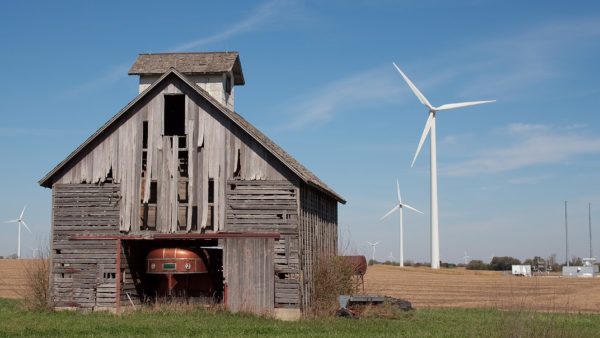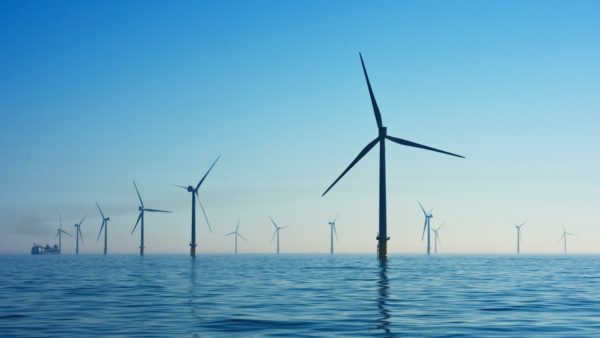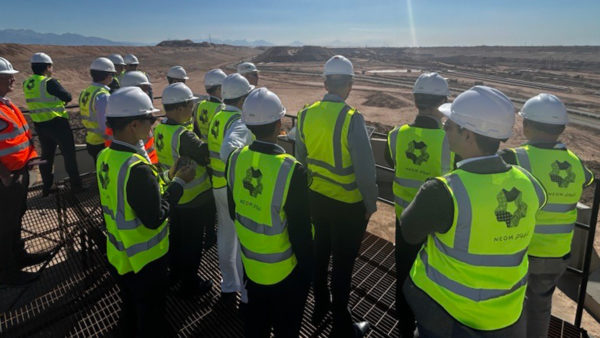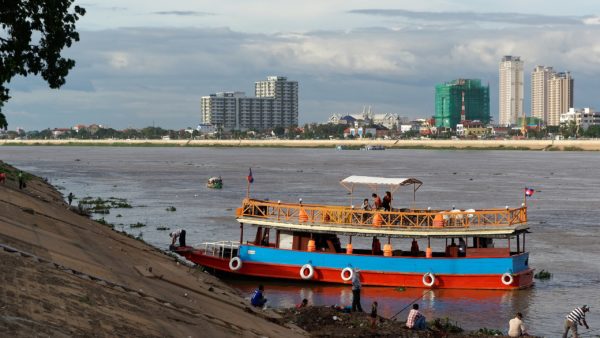If its strong economic growth continues, Asia’s energy consumption will skyrocket, with huge, negative environmental and social impacts, says the Asian Development Bank.
12 April 2013
In Asia now, 1.8 billion people still burn fuel such as wood and dung as their main energy source.
But amid strong economic growth – developing Asia grew by 6.1% last year, compared to 1.2% in advanced economies as a group, according to the Asian Development bank (ADB) – rising living standards and business activity will cause a huge increase in demand for modern energy supplies.
This may be good news for the built environment business as countries rush to build power plants and related infrastructure, but others see it as an approaching catastrophe.
The Asian Development Bank (ADB), for one, believes that the region is following a dangerously unsustainable energy path that will result in environmental disaster and a gaping divide in energy access between rich and poor.
"Asia could be consuming more than half the world’s energy supply by 2035, and without radical changes carbon dioxide emissions will double," says ADB Chief Economist Changyong Rhee.
"Asia must both contain rising demand and explore cleaner energy options, which will require creativity and resolve, with policymakers having to grapple with politically difficult issues like fuel subsidies and regional energy market integration."
A new ADB report released this week highlights what it says is a complex balancing act – delivering energy to all its citizens while scaling back its reliance on fossil fuels.

Now, 1.8 billion Asians still rely on fuel such as wood and dung as their main energy source, but that will change. (Credit: Global Alliance for Clean Cookstoves)
If by 2035 Asia merely expands energy access without fundamentally changing the way it consumes, the region’s oil consumption will double, natural gas consumption will triple, and coal consumption will rise by 81%, all with costly and devastating environmental impacts, concluded the authors of the report in ADB’s "Asian Development Outlook 2013".
A big problem is Asia’s limited indigenous energy resources. With only 9% of proven global oil reserves, the region is currently on track to almost triple oil imports by 2035, rendering it vulnerable to external supply shocks, the report said.
The ADB recommended a series of strategic approaches, and called for across-the-board political will to see them through.
-
Policymakers should scrap general fuel subsidies that artificially lower the cost of power and impose huge fiscal burdens, and replace them with targeted subsidies for the poor.
-
They should step up carefully designed support for renewable energy technologies such as wind, solar and biofuel.
-
They should design energy efficient cities and transport systems.
-
Countries cannot meet all their own power requirements, so they should accelerate cross-border interconnection of power and gas grids to improve efficiency, cut costs, and distribute surpluses. With increased cooperation, a pan-Asia energy market is achievable by 2030, the report says.
-
Shale gas has potential, especially in China, but technical uncertainties such as leakage and water contamination must be addressed.
The report acknowledged the risks of nuclear power, underscored by Japan’s Fukushima disaster, but said rejecting it would lead to even more fossil fuel use.
The authors also called for "targeted international aid" to build power infrastructure which benefits the less well off.
"Since modern energy access is essential for [its] social and economic advancement, Asia must find the political will and innovation to scrap outdated policies and recalibrate its energy mix," ADB said.
Access the report here.










